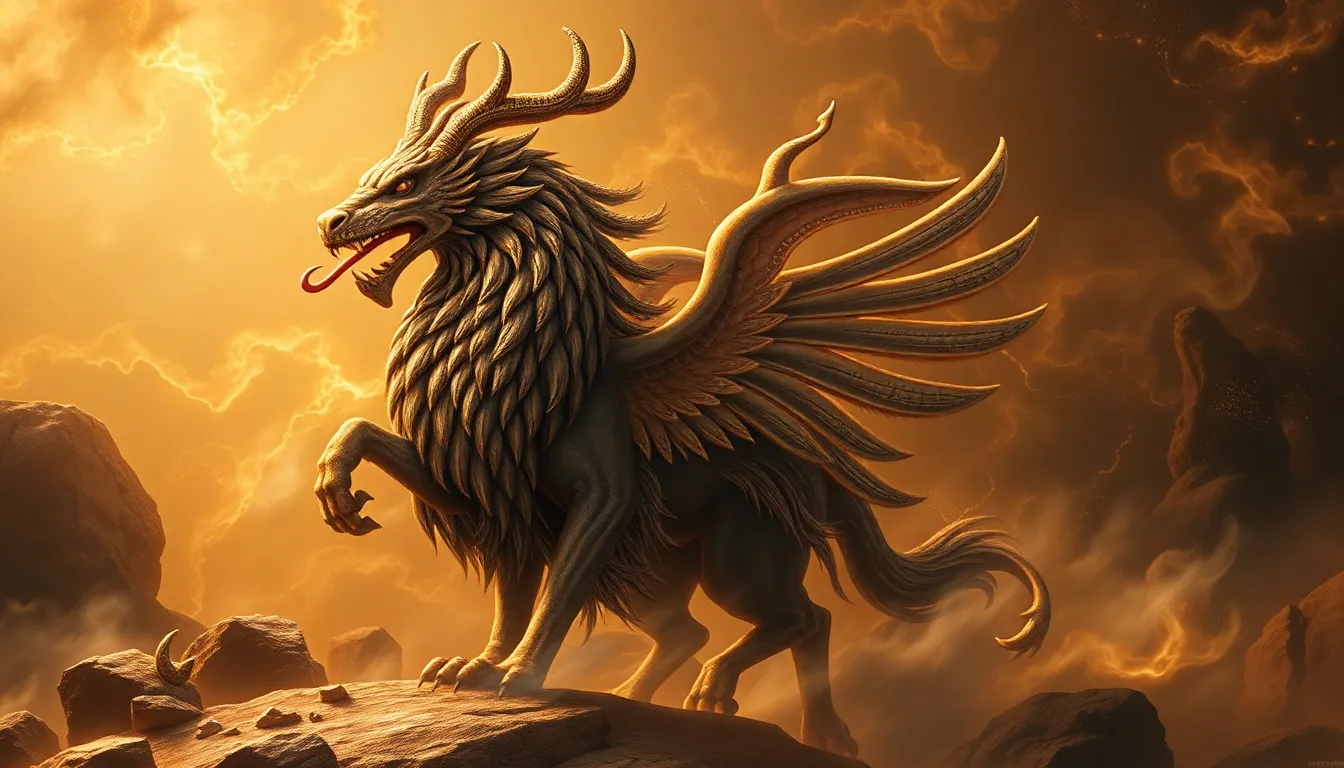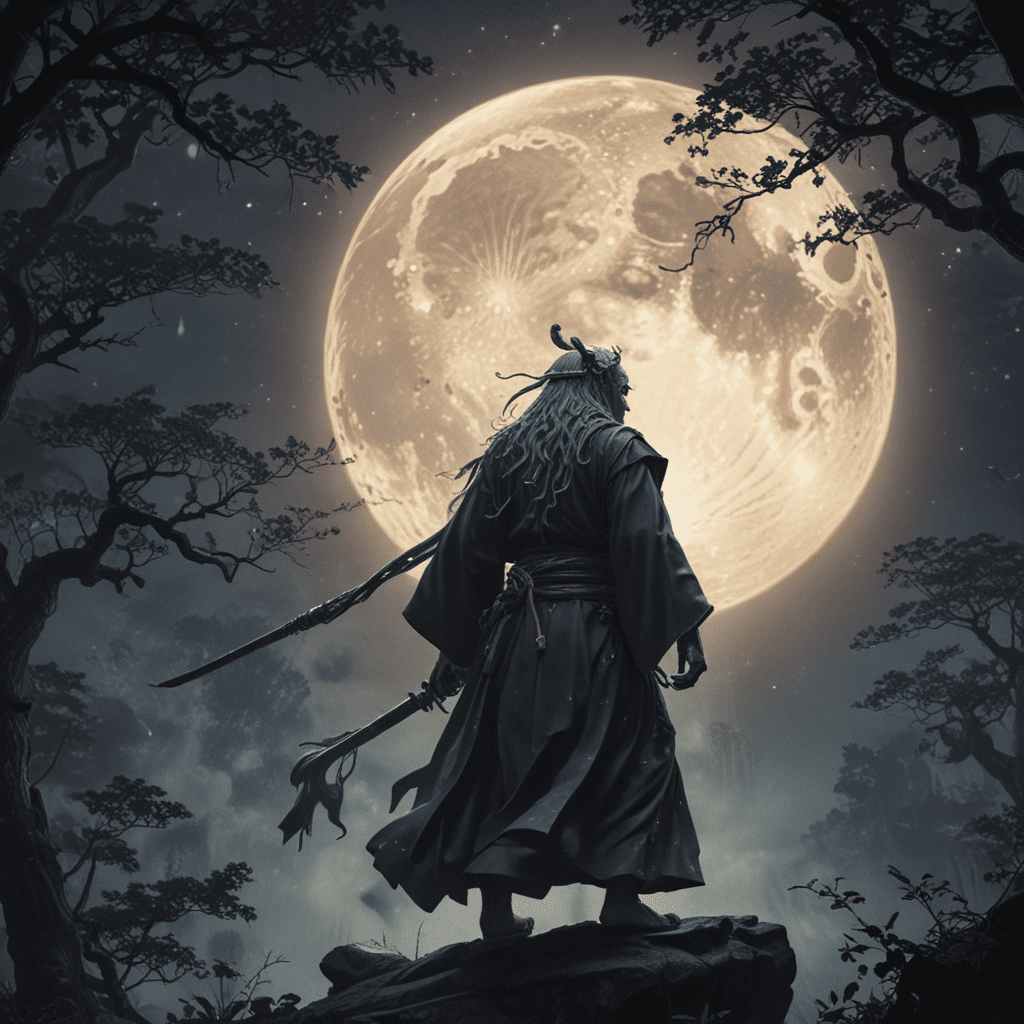Ancient Deities and Their Sacred Animals: The Power of Symbolism
I. Introduction
Ancient deities hold significant roles in various cultures, representing the values, beliefs, and traditions of their societies. These deities often embody natural forces, human traits, and moral values, and their influence permeates the spiritual and cultural fabric of civilizations. In many belief systems, these deities are associated with sacred animals, which serve as symbols of their power, attributes, and connections to the natural world.
This article explores the intricate relationship between ancient deities and their associated animals, delving into the symbolism and significance of these connections across different cultures. By examining the roles of animals in mythology, we can gain insights into the values and beliefs that shaped these ancient societies.
II. The Role of Animals in Ancient Mythology
Animals have played a crucial role in ancient societies, serving as representations of divine traits and characteristics. The significance of animals in mythology can be understood through several key aspects:
- Symbolism: Animals often symbolize various qualities, such as strength, wisdom, or fertility, which are attributed to the gods they accompany.
- Messengers: Many cultures viewed animals as messengers of the gods, conveying divine messages or serving as intermediaries between the divine and human realms.
- Manifestations: In some belief systems, animals are seen as physical manifestations of deities, embodying their essence and power.
III. Egyptian Deities and Their Animal Companions
Ancient Egyptian mythology is rich with deities associated with specific animals, reflecting the culture’s reverence for nature and the divine. Some key Egyptian deities include:
- Anubis: The god of the afterlife, often depicted with the head of a jackal, symbolizing protection and guidance in the journey after death.
- Horus: The sky god, represented as a falcon or a man with a falcon’s head, symbolizing kingship and the divine right to rule.
- Bastet: The goddess of home and fertility, depicted as a lioness or a domestic cat, representing protection and nurturing.
The cultural impact of these associations was profound, influencing art, religion, and daily life in ancient Egyptian society. Animals were revered and often mummified, reflecting their sacred status.
IV. Greek Mythology: Animal Symbols and Divine Attributes
In Greek mythology, numerous deities are linked to specific animals that symbolize their attributes and powers. Some notable examples include:
- Athena: The goddess of wisdom, often associated with the owl, symbolizing knowledge and insight.
- Zeus: The king of the gods, frequently represented by the bull, symbolizing strength and virility.
- Dionysus: The god of wine and festivity, associated with the leopard, representing wildness and ecstasy.
The influence of animal symbolism extended to Greek art and literature, where these associations enhanced narratives and conveyed deeper meanings about the gods’ characteristics and roles within society.
V. Hinduism: The Divine Connection Between Gods and Animals
Hinduism features a complex pantheon of deities, many of whom are associated with specific animals that serve as their vahanas (vehicles) or manifestations. Key examples include:
- Ganesha: The elephant-headed god, symbolizing wisdom, prosperity, and the removal of obstacles.
- Kali: The goddess often depicted with a tiger, representing strength, empowerment, and the fierce aspect of motherhood.
- Shiva: Frequently associated with the bull Nandi, symbolizing strength and loyalty.
Animals also play a vital role in Hindu rituals and festivals, where they are revered and honored, reflecting the deep connection between the divine and the natural world.
VI. Norse Mythology: Creatures of the Cosmos
Norse mythology presents a rich tapestry of gods and their animal counterparts, each symbolizing various aspects of existence. Some prominent examples include:
- Odin: The All-Father, associated with ravens, particularly Huginn and Muninn, symbolizing thought and memory.
- Thor: The god of thunder, often depicted with two goats, Tanngrisnir and Tanngnjóstr, representing strength and vitality.
- Freyja: The goddess of love and war, associated with cats, symbolizing independence and femininity.
These symbols reflect the values and beliefs of Norse society, emphasizing the interconnectedness of life, nature, and the cosmos.
VII. Indigenous Cultures and Animal Spirituality
Indigenous cultures around the world often possess rich belief systems centered on the connection between deities and animals. Key aspects include:
- Totem Animals: Many indigenous societies view certain animals as totems or spirit guides, representing the traits and attributes of their clans or tribes.
- Spiritual Significance: Animals are often seen as embodiments of spiritual power, guiding individuals in their life journeys.
Case studies from Native American and Aboriginal cultures illustrate the deep spiritual connections between deities and animals, showcasing a profound respect for nature and a belief in the interconnectedness of all beings.
VIII. The Evolution of Animal Symbolism in Religion
The perception of animals in religious contexts has evolved over time, influenced by historical changes, cultural exchanges, and globalization. Key points include:
- Historical Changes: The role and significance of animals have shifted, with some cultures elevating certain animals to divine status, while others may have diminished their importance.
- Cultural Exchange: As cultures interacted through trade and conquest, the symbolism of animals often merged, leading to new interpretations of deities and their animal counterparts.
- Contemporary Interpretations: Today, the representation of ancient deities and their animals remains relevant, inspiring modern spirituality, art, and literature.
IX. The Psychological and Cultural Significance of Animal Symbols
The psychological impact of animal symbolism is profound, influencing human behavior and societal norms. Animals often evoke strong emotional responses, and their symbolism can shape cultural identities and values. For instance:
- Emotional Resonance: Animal symbols can evoke feelings of strength, protection, or wisdom, influencing how individuals relate to their environment and each other.
- Cultural Identity: The association of specific animals with cultural narratives can foster a sense of belonging and identity within communities.
Overall, the power of animal symbolism in ancient religions continues to resonate in contemporary society, reminding us of the enduring connection between humanity and the natural world.




